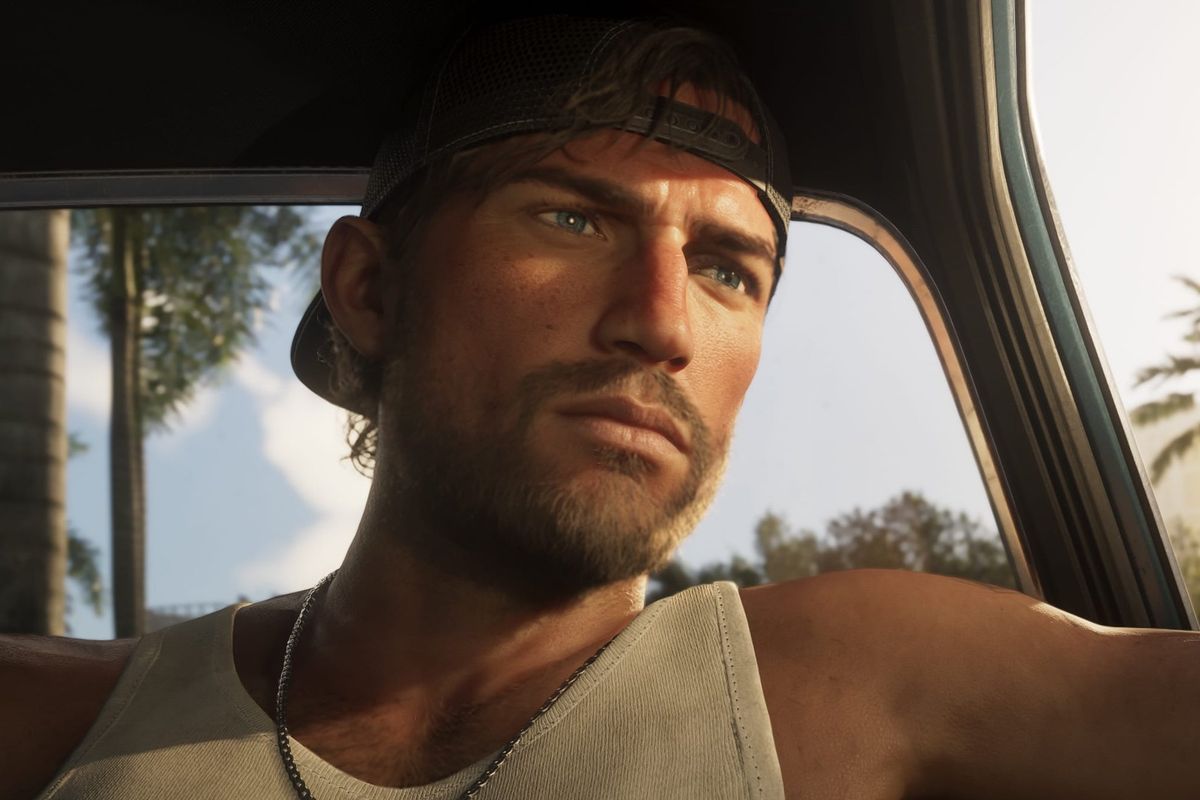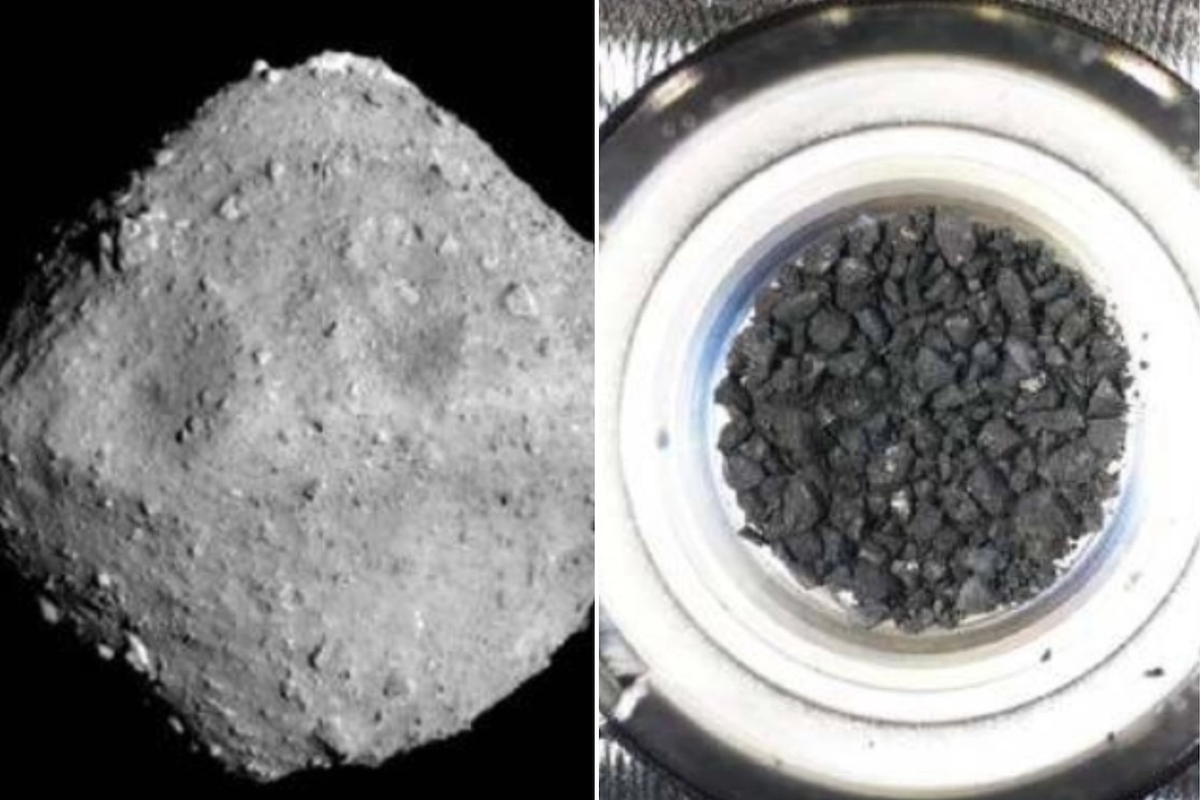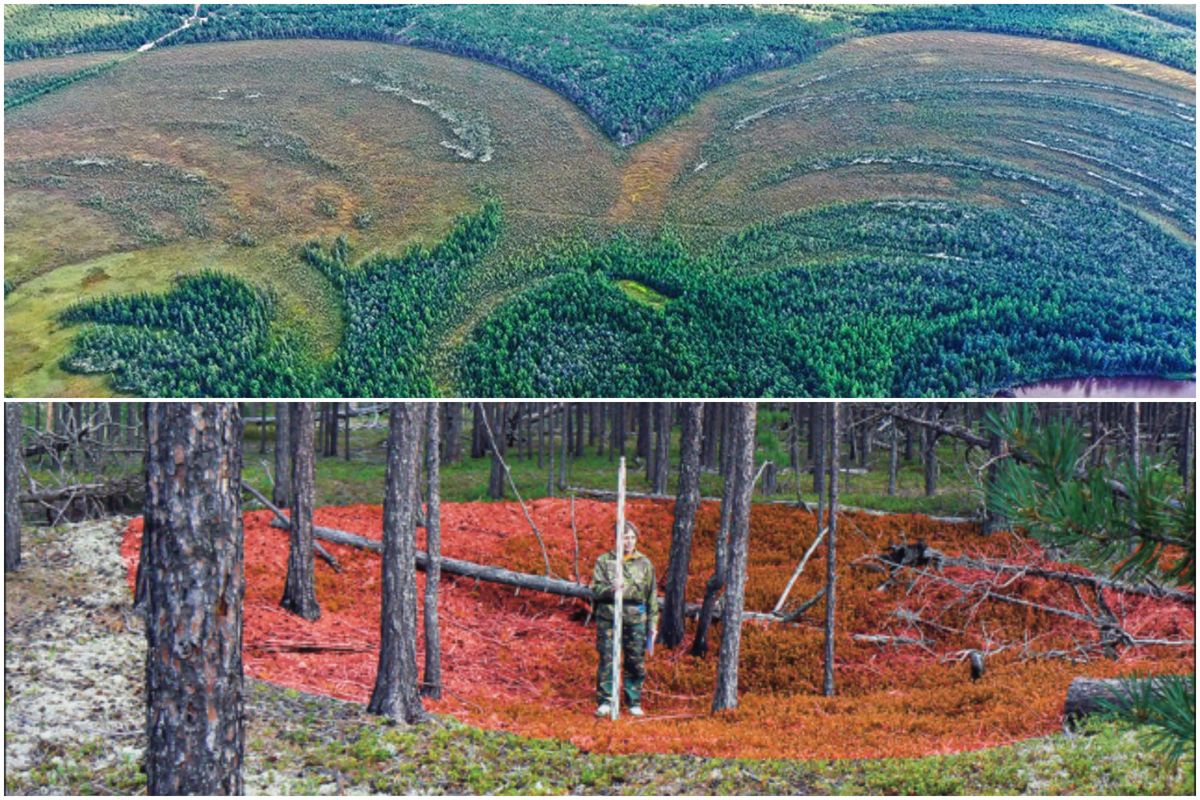Harriet Brewis
Dec 25, 2024
Footprints Discovered in White Sands New Mexico Are Now Confirmed as the …
content.jwplatform.com
Archaeologists have made a staggering discovery about American history and it's all thanks to some footprints.
The human tracks, unearthed in White Sands National Park, New Mexico, are the oldest ever to be found on the continent.
Scientists previously estimated their age as between 11,500 and 13,000 years, but new analysis has found out that the most ancient of them is, in fact, 23,000 years old.
This means that humans lived in North America at least 10,000 years earlier than experts had thought. And, indeed, experts say, it’s possible that they arrived earlier still: towards the end of the last ice age, more than 32,000 years ago.
“The site in New Mexico has rewritten history books,” Sally Reynolds, principal academic in paleoecology at Bournemouth University, said in a statement.
“These footprints provide a valuable window into the lives our ancestors lived and how much they were like us,” she added, explaining that they revealed “wonderful examples of human activity” and the way that humans “interacted with one another, with the landscape, and with the animal life there”.

Indeed, it’s not just the age of these prints that makes them so remarkable, it’s the fact that they offer an unprecedented snapshot of life at the time.
From children jumping and splashing in puddles to a group of hunters stalking a giant sloth, the 23,000-year-old tracks pull back the curtain on our Pleistocene past.
They were made by people walking on damp ground at the edge of a now-dry lake and whilst some are visible to the naked eye today, others can only be identified using ground-penetrating radar.
Matthew Bennett, also of Bournemouth University and lead author of two scientific papers about the footprints told Smithsonian Magazine that he knew of older human tracks in Africa and older human tracks in Africa and other parts of the world, but none, he insisted, “tell such a vivid, relatable story”.
His first paper, published in the journal Science in 2021, detailed how the footprints captured a perilous journey undertaken by what appears to be a small woman or adolescent girl, carrying a child on her hip, walking fast across the muddy lakeshore.
“There were hungry predators around, including dire wolves and sabre-toothed cats,” Bennett told the Smithsonian.
“We can see where she slipped in the mud at certain points [...] We can also see the child’s footprints where she set it down, presumably because she was tired and needed a rest.”
Based on the size of the footprints, the child seemed to be less than three years old and didn’t accompany their older female companion on the return journey.
This begs the question as to what happened to the child. Did the woman drop them off in a camp? And why were they walking among dangerous animals on the slippery lakeshore?
“There’s no way of knowing,” Bennett admitted. “But if you’ve ever rushed to get somewhere important while carrying a tired toddler, you’ve experienced a very similar emotion”– even if you weren’t looking over your shoulder for sabre-toothed cats.

“The footprints left at White Sands give a picture of what was taking place, teenagers interacting with younger children and adults," Bennett said in a separate statement.
“We can think of our ancestors as quite functional, hunting, and surviving, but what we see here is also activity of play, and of different ages coming together. A true insight into these early people.”
The Bournemouth University scientist also stressed that although the footprints provide exciting glimpses into what life was like in North America 23,000 years ago, he and his team now want to find out how humans got there in the first place.
“We need lots more sites to make sense of where they came from and by what route,” Bennett told the Smithsonian.
“The lasting legacy of White Sands is to point the way to a new archive of evidence.”
This article was first published on May 20, 2024
Sign up for our free Indy100 weekly newsletter
How to join the indy100's free WhatsApp channel
Have your say in our news democracy. Click the upvote icon at the top of the page to help raise this article through the indy100 rankings
Top 100
The Conversation (0)













